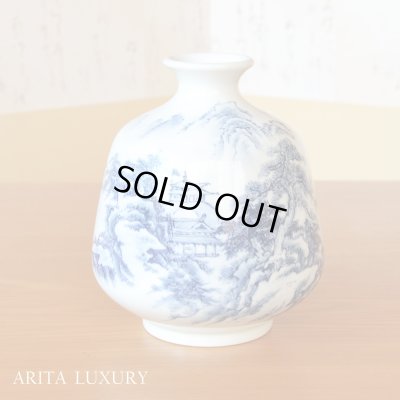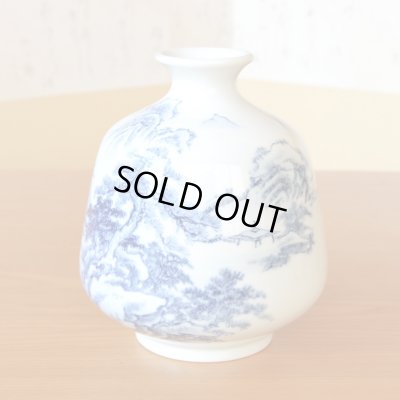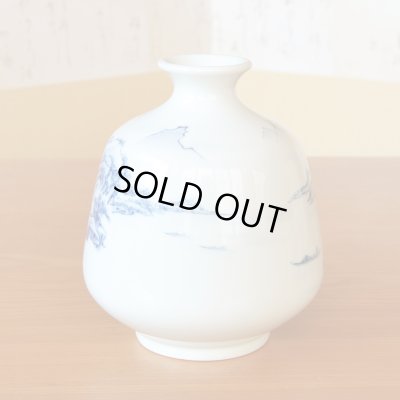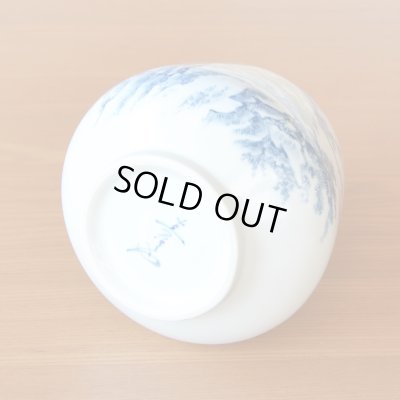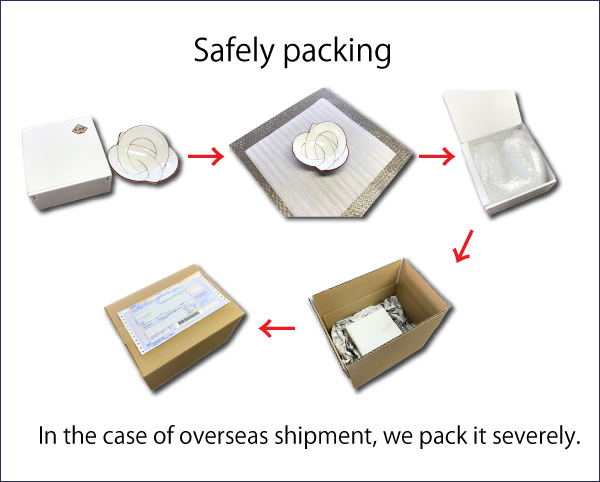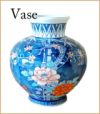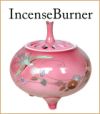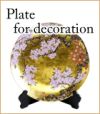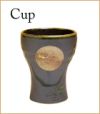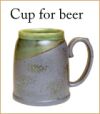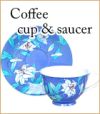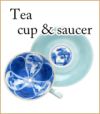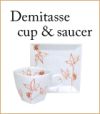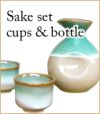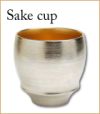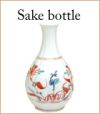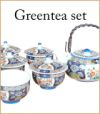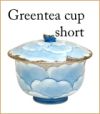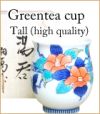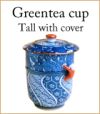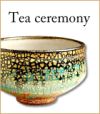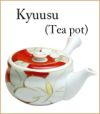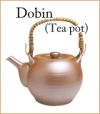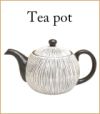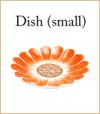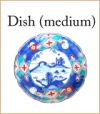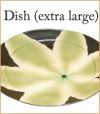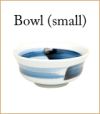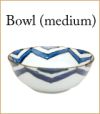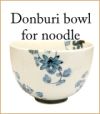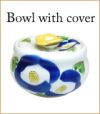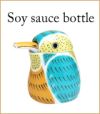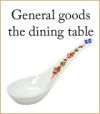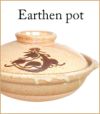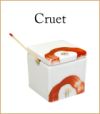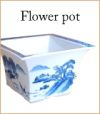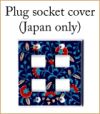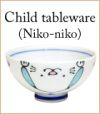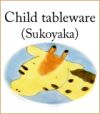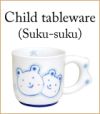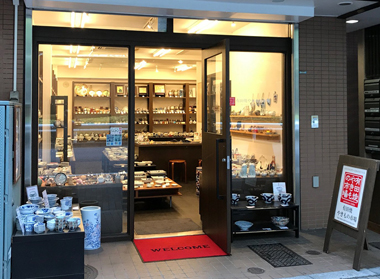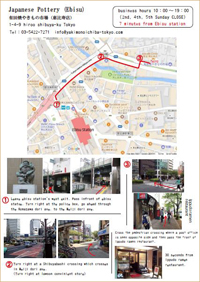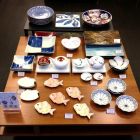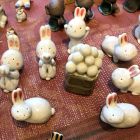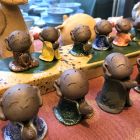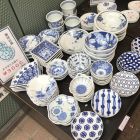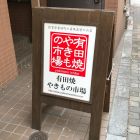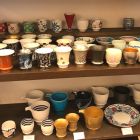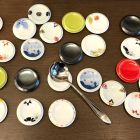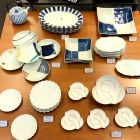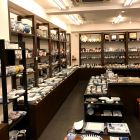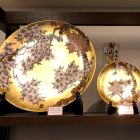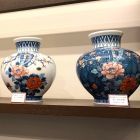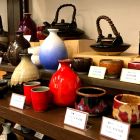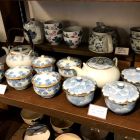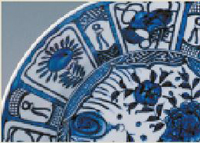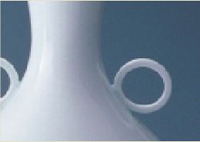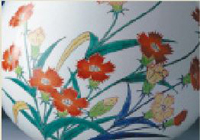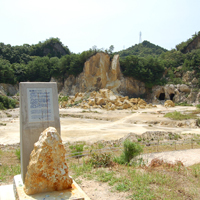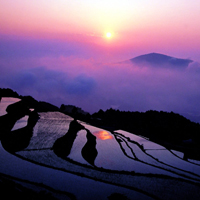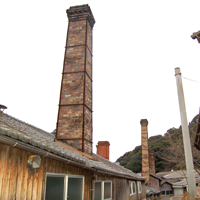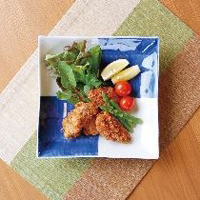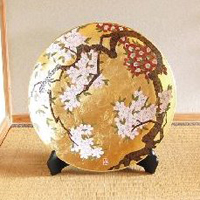Vase Sometsuke Sansui Landscape | The first-generation head of the Shinemon Kiln [146185]
Vase Sometsuke Sansui Landscape | The first-generation head of the Shinemon Kiln
[146185]
Price: 132,000JPY
Weight: 2000g
Sold out
[size]
Width: 15.5cm / Height: 18.3cm
Width: 6.1in / Height: 7.2in
-----------------------
This work was created by the late Shinichiro Baba, the first-generation founder of the Shinemon Kiln, one of the most renowned kilns representing Arita ware. On a small vase, he boldly painted a landscape (sansui) scene in traditional blue-and-white (sometsuke). The moderate size of the vessel, neither too large nor too small, allows it to embody quintessential Japanese aesthetics?quietude, dignity, and the beauty of wabi-sabi.
Today, the Shinemon Kiln is known as a leading studio in the art of yohen, a technique that masterfully manipulates glazes to achieve dramatic effects. However, this piece is not yohen but sometsuke. It was made by Shinichiro Baba himself during his career, at the time he founded the kiln. Through this fundamental Arita ware painting technique, he demonstrated his skill with a confident hand. Since sometsuke works are rarely produced by the Shinemon Kiln today, this piece stands as a rare and valuable example.
The slightly narrowed mouth of this medium-sized vase makes it ideal for presenting a single stem or blossom. Its refined form, while modest, enhances the natural beauty of flowers and brings a sense of calm and quietude to any space. When a simple flower is placed inside, vessel and nature blend harmoniously, inviting appreciation of the Japanese aesthetic of spaciousness and subtle beauty.
The depicted motif, sansui (landscape), features mountains, rivers, lakes, trees, and rocks, while human presence is minimal. When people or buildings are included, they are rendered small within the grandeur of nature. Landscape painting has been deeply influenced by Daoism, Confucianism, and Zen Buddhism?philosophies that value harmony with nature. Thus, sansui art reflects these spiritual ideas, expressing a search for inner depth through depictions of the natural world. Beyond ceramics, it has long been a central theme in ink paintings and hanging scrolls, representing one of the most classical subjects in East Asian art.
From the perspective of technique, this work was executed in sometsuke, painting on the bisque-fired surface before glazing. The flowing strokes and delicate touches characteristic of sometsuke vividly capture the subtle world of landscape painting. Because the porous surface absorbs the brushwork immediately, no corrections can be made?each line must be completed in a single attempt. This piece, therefore, embodies patience, concentration, and compositional mastery, brought together in a work of remarkable accomplishment.
[Potter Profile]
Shinichiro Baba (deceased)
The first-generation head of the Shinemon Kiln
Member of Nitten / Full Member of the Japan Contemporary Arts and Crafts Association / Member of the Saga Prefecture Ceramic Association / Member of the Arita Ceramic Association
[Shinichiro Baba's career is as follows ]
Born in 1924 in Arita, Saga Prefecture
1972: Founded the Shinemon Kiln in Arita.
1979: Selected for the Prefecture Exhibition with "Hexagonal Celadon Bowl."
1981: Selected for the Nitten exhibition with "Oil Spot Tenmoku Large Bowl," subsequently selected 21 times.
1989: Appointed as an art exhibition judge.
2000: Exhibited "Saiun-99" and "Sai-99" at the British Museum in London (Saga Prefecture Ceramic Exhibition).
2004: Exhibited "Saikei" and "Saimon" at the Arita Pottery Exhibition in Germany.
[Main Awards]
1983: Won the First Place Bijutsu Kyokai Prize at the Bijutsu Kyokai Exhibition for "Cinnabar Flower Vase."
1986: Received the Grand Prize and the Contemporary Craft President's Prize at the Contemporary Crafts Kyushu Exhibition.
1996: Awarded the Contemporary Craft Prize at the Contemporary Craft Exhibition for "Akebono no Nagisa."
2000: Received the Full Member Prize at the Contemporary Craft Exhibition for "Rensaku・Sai."
Width: 15.5cm / Height: 18.3cm
Width: 6.1in / Height: 7.2in
-----------------------
This work was created by the late Shinichiro Baba, the first-generation founder of the Shinemon Kiln, one of the most renowned kilns representing Arita ware. On a small vase, he boldly painted a landscape (sansui) scene in traditional blue-and-white (sometsuke). The moderate size of the vessel, neither too large nor too small, allows it to embody quintessential Japanese aesthetics?quietude, dignity, and the beauty of wabi-sabi.
Today, the Shinemon Kiln is known as a leading studio in the art of yohen, a technique that masterfully manipulates glazes to achieve dramatic effects. However, this piece is not yohen but sometsuke. It was made by Shinichiro Baba himself during his career, at the time he founded the kiln. Through this fundamental Arita ware painting technique, he demonstrated his skill with a confident hand. Since sometsuke works are rarely produced by the Shinemon Kiln today, this piece stands as a rare and valuable example.
The slightly narrowed mouth of this medium-sized vase makes it ideal for presenting a single stem or blossom. Its refined form, while modest, enhances the natural beauty of flowers and brings a sense of calm and quietude to any space. When a simple flower is placed inside, vessel and nature blend harmoniously, inviting appreciation of the Japanese aesthetic of spaciousness and subtle beauty.
The depicted motif, sansui (landscape), features mountains, rivers, lakes, trees, and rocks, while human presence is minimal. When people or buildings are included, they are rendered small within the grandeur of nature. Landscape painting has been deeply influenced by Daoism, Confucianism, and Zen Buddhism?philosophies that value harmony with nature. Thus, sansui art reflects these spiritual ideas, expressing a search for inner depth through depictions of the natural world. Beyond ceramics, it has long been a central theme in ink paintings and hanging scrolls, representing one of the most classical subjects in East Asian art.
From the perspective of technique, this work was executed in sometsuke, painting on the bisque-fired surface before glazing. The flowing strokes and delicate touches characteristic of sometsuke vividly capture the subtle world of landscape painting. Because the porous surface absorbs the brushwork immediately, no corrections can be made?each line must be completed in a single attempt. This piece, therefore, embodies patience, concentration, and compositional mastery, brought together in a work of remarkable accomplishment.
[Potter Profile]
Shinichiro Baba (deceased)
The first-generation head of the Shinemon Kiln
Member of Nitten / Full Member of the Japan Contemporary Arts and Crafts Association / Member of the Saga Prefecture Ceramic Association / Member of the Arita Ceramic Association
[Shinichiro Baba's career is as follows ]
Born in 1924 in Arita, Saga Prefecture
1972: Founded the Shinemon Kiln in Arita.
1979: Selected for the Prefecture Exhibition with "Hexagonal Celadon Bowl."
1981: Selected for the Nitten exhibition with "Oil Spot Tenmoku Large Bowl," subsequently selected 21 times.
1989: Appointed as an art exhibition judge.
2000: Exhibited "Saiun-99" and "Sai-99" at the British Museum in London (Saga Prefecture Ceramic Exhibition).
2004: Exhibited "Saikei" and "Saimon" at the Arita Pottery Exhibition in Germany.
[Main Awards]
1983: Won the First Place Bijutsu Kyokai Prize at the Bijutsu Kyokai Exhibition for "Cinnabar Flower Vase."
1986: Received the Grand Prize and the Contemporary Craft President's Prize at the Contemporary Crafts Kyushu Exhibition.
1996: Awarded the Contemporary Craft Prize at the Contemporary Craft Exhibition for "Akebono no Nagisa."
2000: Received the Full Member Prize at the Contemporary Craft Exhibition for "Rensaku・Sai."
 |
Import duties, taxes, and charges are not included in the item price or shipping cost. When a duty occurs, you are responsible for paying Customs Duties. |
 |
 |
Source: www.exchange-rates.org
